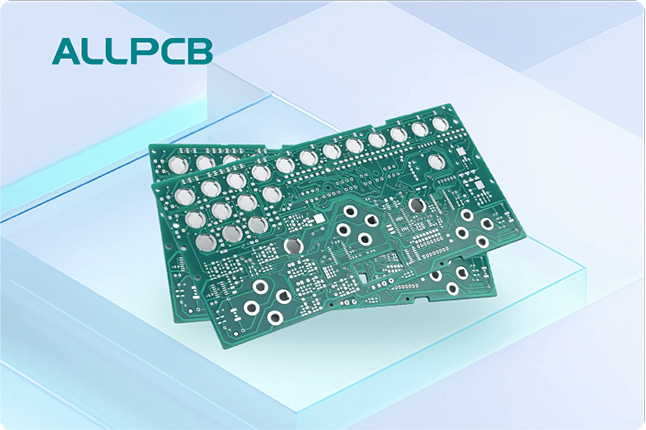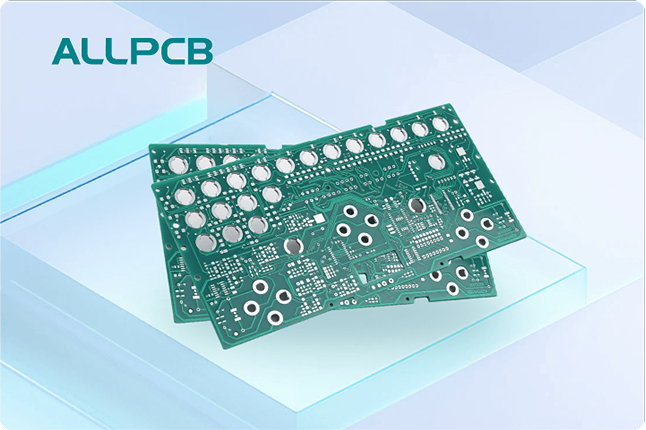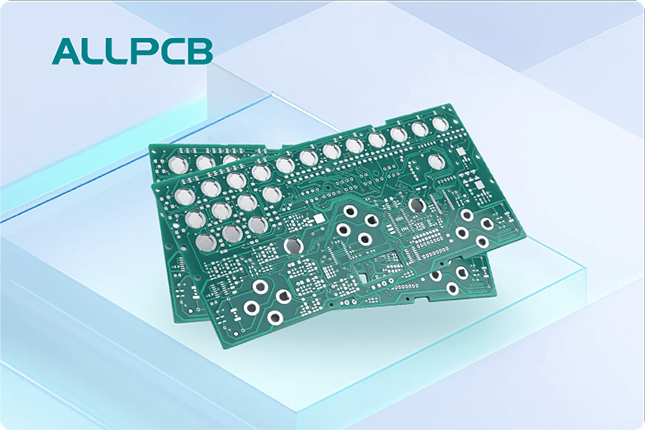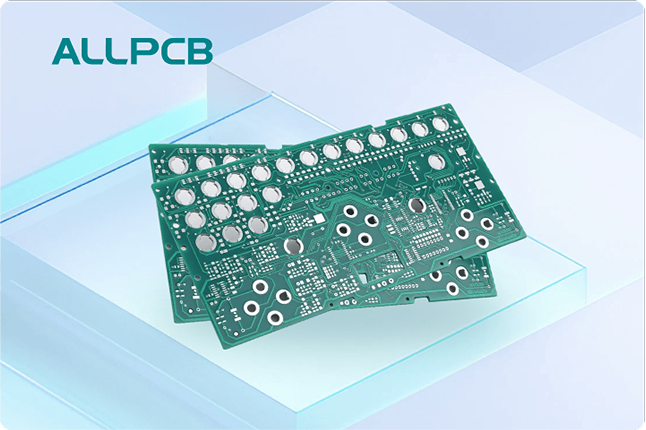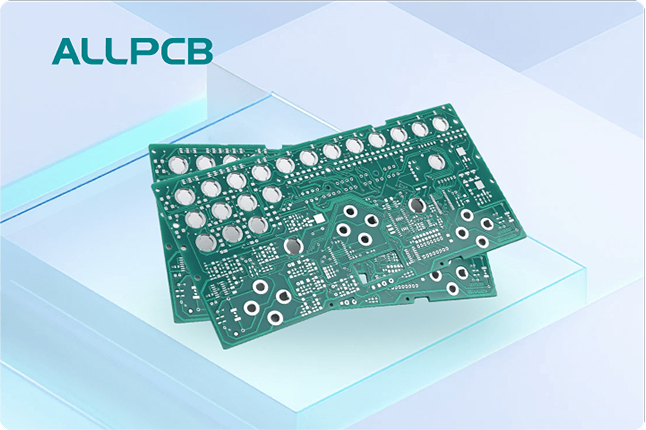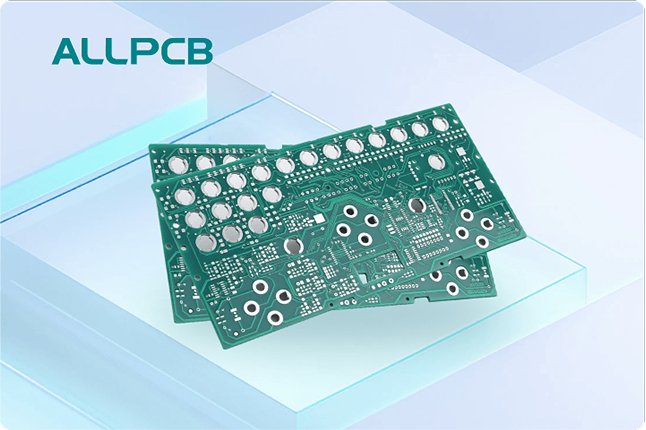In the fast-paced world of electronics, understanding PCB manufacturing costs is crucial for engineers, designers, and business owners. If you're searching for a clear PCB cost breakdown, insights into PCB pricing factors, or a detailed PCB manufacturing price analysis, you're in the right place. This guide for 2025 will walk you through the key elements that influence factors affecting PCB cost and help you estimate PCB price per unit with confidence. Let’s dive into the details of what drives these costs and how you can optimize your budget without sacrificing quality.
Why Understanding PCB Manufacturing Costs Matters in 2025
Printed Circuit Boards (PCBs) are the backbone of nearly every electronic device, from smartphones to industrial machinery. As technology advances and supply chains evolve, the costs associated with manufacturing these boards can vary significantly. In 2025, factors like raw material shortages, labor expenses, and new manufacturing technologies continue to shape pricing. Having a solid grasp of these costs allows you to make informed decisions, whether you're prototyping a new product or scaling up production.
This blog will break down the components of PCB manufacturing costs, highlight the key drivers behind pricing, and provide actionable tips to manage expenses effectively. By the end, you'll have a clear picture of how to navigate the complexities of PCB budgets.
The Basics of PCB Cost Breakdown
Before diving into the specifics, let’s start with a high-level overview of what makes up the cost of manufacturing a PCB. The price of a PCB is influenced by several core elements, including materials, design complexity, production volume, and additional processes. Here's a quick PCB cost breakdown to set the foundation:
- Raw Materials: The base materials, such as laminate and copper, form a significant portion of the cost.
- Design Complexity: More layers, smaller traces, or specialized requirements increase the price.
- Manufacturing Processes: Techniques like drilling, plating, and surface finishing add to the expense.
- Volume and Lead Time: The number of units and how quickly you need them impact pricing.
- Testing and Quality Assurance: Ensuring reliability through testing adds a layer of cost.
Understanding these components helps you anticipate expenses and identify areas for potential savings. Let’s explore each factor in detail to give you a clearer PCB manufacturing price analysis.
Key PCB Pricing Factors in 2025
Several factors affecting PCB cost play a role in determining the final price. Below, we’ll analyze these elements to help you understand how they impact your budget.
1. Material Choices and Their Impact on Cost
The materials used in PCB manufacturing directly influence the price. Standard boards often use FR-4, a cost-effective fiberglass laminate, which can range from $0.50 to $1.50 per square foot depending on thickness and quality. For high-frequency applications, materials like Rogers or Teflon are used, which can cost 5 to 10 times more due to their specialized properties.
Copper thickness also matters. A standard 1 oz copper layer is cheaper than a 2 oz or 3 oz layer, which might be required for high-current applications. For example, increasing copper weight from 1 oz to 2 oz can add approximately 20-30% to the material cost per unit.
2. Design Complexity and Layer Count
The complexity of your PCB design is a major driver of cost. A simple single-layer board for basic applications might cost as little as $0.10 to $0.50 per square inch. However, as you add more layers—common in complex devices like smartphones or medical equipment—the price rises significantly. A 4-layer board might cost $1.00 to $2.00 per square inch, while an 8-layer board can exceed $3.00 per square inch.
Smaller trace widths and spacing, often required for high-density designs, also increase costs due to the precision needed in manufacturing. For instance, traces below 6 mils (0.006 inches) often require advanced equipment, adding 10-15% to the production cost.
3. Manufacturing Processes and Equipment
The steps involved in creating a PCB, such as drilling, etching, and plating, contribute to the overall expense. Drilling vias (holes connecting layers) is particularly costly if high precision is needed. For example, microvias used in high-density interconnect (HDI) boards can increase costs by 20-30% compared to standard through-hole vias.
Surface finishes, which protect the board and ensure solderability, also affect pricing. A basic HASL (Hot Air Solder Leveling) finish might cost $0.05 per square inch, while an ENIG (Electroless Nickel Immersion Gold) finish, often used for better reliability, can cost $0.15 to $0.25 per square inch.
4. Production Volume and Economies of Scale
Volume plays a huge role in determining the PCB price per unit. For small batches or prototypes, setup costs (like creating stencils or programming machines) are spread over fewer units, driving up the cost per board. A single prototype might cost $50 to $100, while ordering 1,000 units could drop the price to $5 to $10 per unit due to economies of scale.
In 2025, with rising labor and material costs, bulk ordering remains one of the most effective ways to reduce per-unit pricing. Planning your production runs strategically can save significant amounts.
5. Lead Time and Urgency
How quickly you need your PCBs also impacts the cost. Standard lead times of 10-14 days are typically the most affordable. However, if you need a rush order completed in 2-3 days, expect to pay a premium of 30-50% or more. This is due to the need for expedited processes and overtime labor.
6. Testing and Quality Standards
Ensuring your PCBs meet quality standards requires testing, which adds to the cost. Basic electrical testing might add $0.10 to $0.50 per board, while more rigorous tests for impedance control or thermal reliability can cost $1.00 or more per unit. In 2025, as industries like automotive and aerospace demand stricter compliance with standards like IPC-6012, investing in quality assurance is non-negotiable for many projects.
Regional and Economic Influences on PCB Costs in 2025
Beyond the technical aspects, external factors also shape PCB manufacturing costs. In 2025, global supply chain dynamics and regional differences continue to play a significant role.
Raw Material Availability: Fluctuations in the price of copper and laminate materials, driven by geopolitical events or mining disruptions, can cause sudden cost spikes. For instance, a 10% rise in copper prices can increase overall material costs by 5-7%.
Labor Costs: Manufacturing in regions with lower labor costs can reduce expenses, though shipping and communication challenges may offset savings. In 2025, onshoring trends in some countries are increasing local production costs but improving turnaround times.
Technological Advancements: New manufacturing technologies, such as automated production lines, are reducing costs for high-volume runs. However, adopting these technologies often requires upfront investment, which may reflect in pricing for smaller orders.
How to Optimize PCB Manufacturing Costs
Now that we've covered the key PCB pricing factors, let’s look at practical ways to manage and reduce costs without compromising quality.
- Simplify Your Design: Minimize layer count and avoid overly tight tolerances unless necessary. For example, sticking to 8-mil traces instead of 6-mil can save on manufacturing expenses.
- Choose Cost-Effective Materials: Use standard materials like FR-4 for non-specialized applications to keep costs down.
- Plan for Bulk Orders: Consolidate orders to benefit from economies of scale, reducing the PCB price per unit.
- Allow Standard Lead Times: Avoid rush orders by planning your project timeline carefully to prevent premium charges.
- Work with Experts: Collaborate with experienced manufacturers who can offer design-for-manufacturing (DFM) feedback to optimize your board for cost efficiency.
Estimating Your PCB Price Per Unit in 2025
Calculating the PCB price per unit requires combining all the factors discussed. Here’s a simplified example for a 4-layer board with standard materials:
- Material Cost: $1.50 per square inch
- Manufacturing Cost (drilling, plating): $0.80 per square inch
- Surface Finish (ENIG): $0.20 per square inch
- Testing: $0.30 per board
- Total for a 10 square inch board: ($1.50 + $0.80 + $0.20) x 10 + $0.30 = $25.30 per unit
For a batch of 1,000 units, setup costs might add $500 upfront, but the per-unit cost could drop to $15.80 due to volume discounts. Keep in mind that these are rough estimates, and actual costs will vary based on specific requirements and market conditions in 2025.
Conclusion: Mastering PCB Cost Management in 2025
Navigating PCB manufacturing price analysis can feel overwhelming, but breaking down the costs into manageable components makes it easier to control your budget. By understanding the factors affecting PCB cost—from materials and design complexity to volume and lead time—you can make strategic decisions that save money while maintaining quality.
In 2025, staying informed about market trends and working closely with manufacturing partners will be key to optimizing your expenses. Whether you're calculating a PCB cost breakdown for a prototype or a large production run, use this guide as a roadmap to achieve the best value for your investment. With careful planning and smart design choices, you can keep your PCB price per unit competitive and bring your electronic projects to life efficiently.
 ALLPCB
ALLPCB


